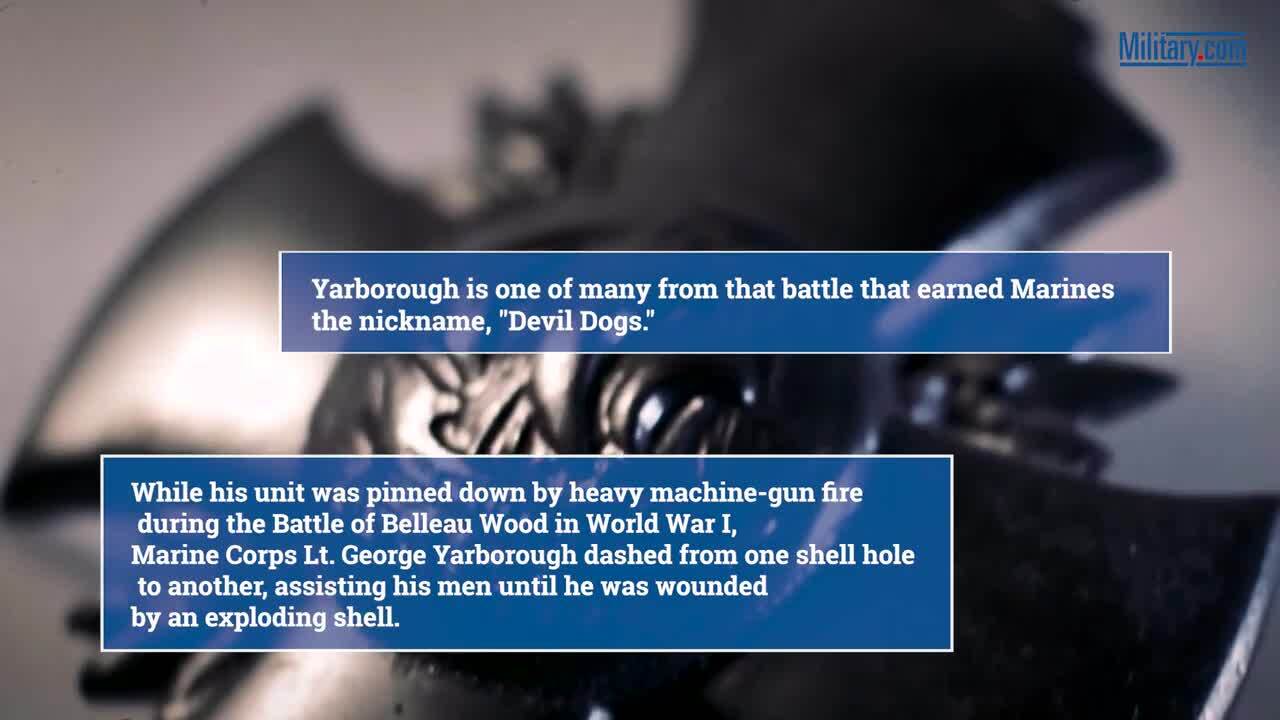A decade ago, the Coast Guard had a vision for its fleets of national security and offshore patrol cutters: Vertical-takeoff-and-landing unmanned aerial vehicles would greatly expand the number of square miles the service could conduct searches beyond a ship's line of sight, while improving the loiter time by orders of magnitude over manned helicopters.
Once a key part of the now defunct Deepwater Integrated Systems, the VTOL unmanned aircraft called EagleEye was initially going to look a lot like a miniature V-22 Osprey, which features tilt-rotors. Hangar space on the national security cutters could have accommodated up to two of them.
Once that effort came to a halt for cost and technical reasons, the Coast Guard put that plan on ice. It kept tabs on the Navy's Fire Scout, another helicopter drone, but didn't have any funds to pursue its own program.
The service over the years became the only one that wasn't taking advantage of the unmanned aerial vehichles revolution, and all the benefits they had to offer.
Since then, in a joint program with Customs and Border Protection, the Coast Guard has deployed a land-based maritime Predator UAV that flies from Cor- pus Christi, Texas, and patrols the Caribbean. However, a ship-based drone is still not officially part of any cutter program.
The service has completed mission needs statements and developed concepts of operations, according to a service fact sheet.
At a joint House Transportation and Foreign Affairs Committee hearing looking at maritime drug interdiction efforts, Adm. Robert Papp, commandant of the Coast Guard prior to his retirement in May, said the service is continuing to test ScanEagles, which are now used by the Navy and Marine Corps.
The Coast Guard will pursue an acquisition program, he confirmed.
"During a recent patrol aboard one of our new national security cutters, the Coast Guard tested the ScanEagle UAS, which proved to be a superb force multiplier in two separate law enforcement cases, resulting in the removal of 570 kilograms of cocaine and the detention of six suspected smugglers," he said.
The Boeing Insitu ScanEagle is lofted with a pneumatic launcher and requires no runway. It can fly for about 24 hours.
The combination of cutters and surface combatants, and armed helicopters supported by long range search aircraft "have continuously proven to be an incredibly effective interdiction system when employed in the Western Hemisphere Transit Zone," Papp said.

























